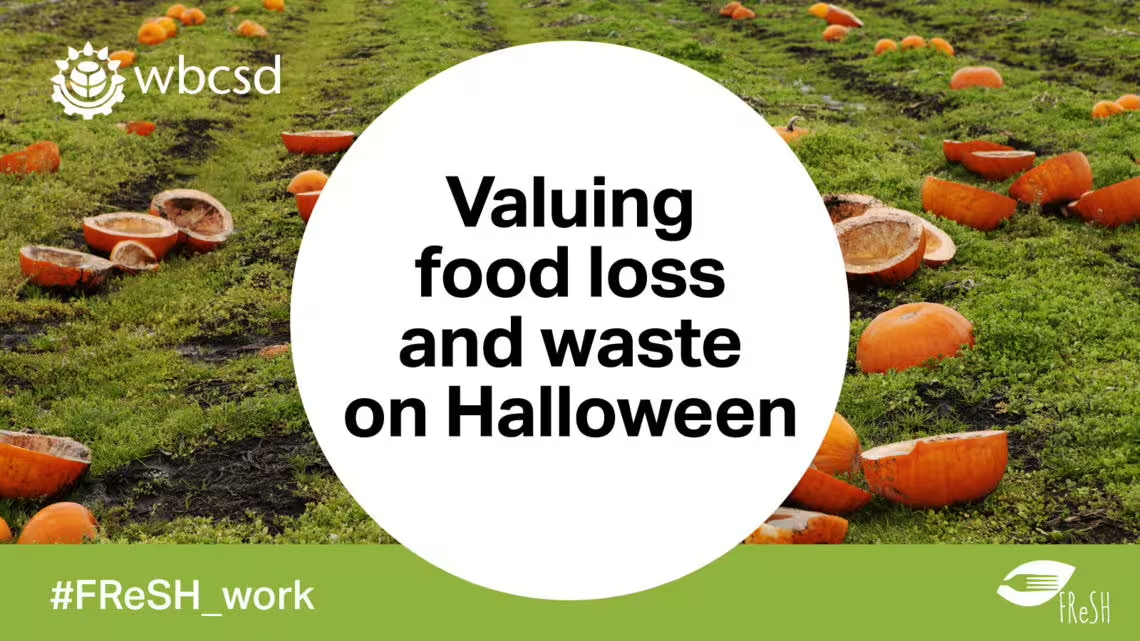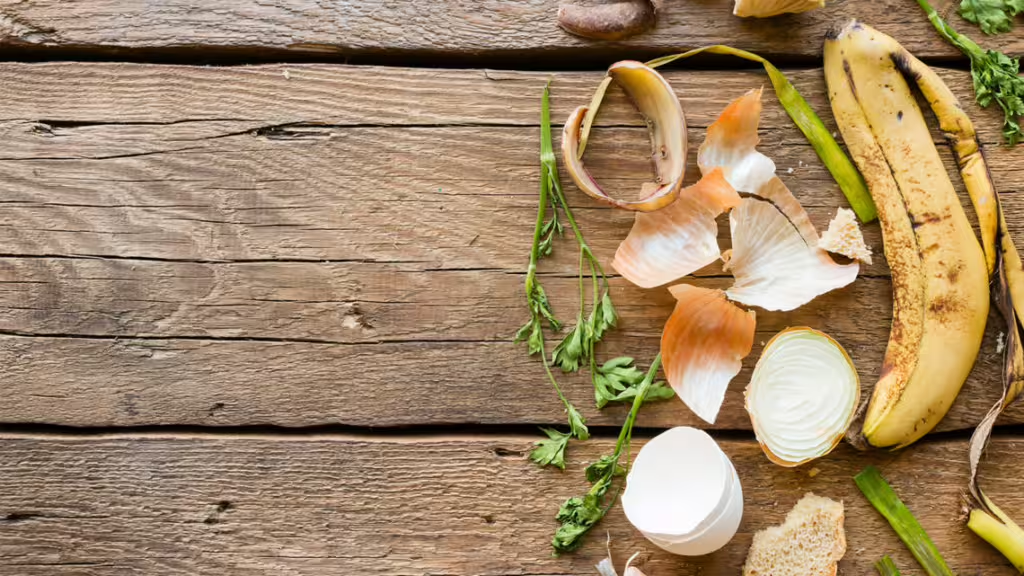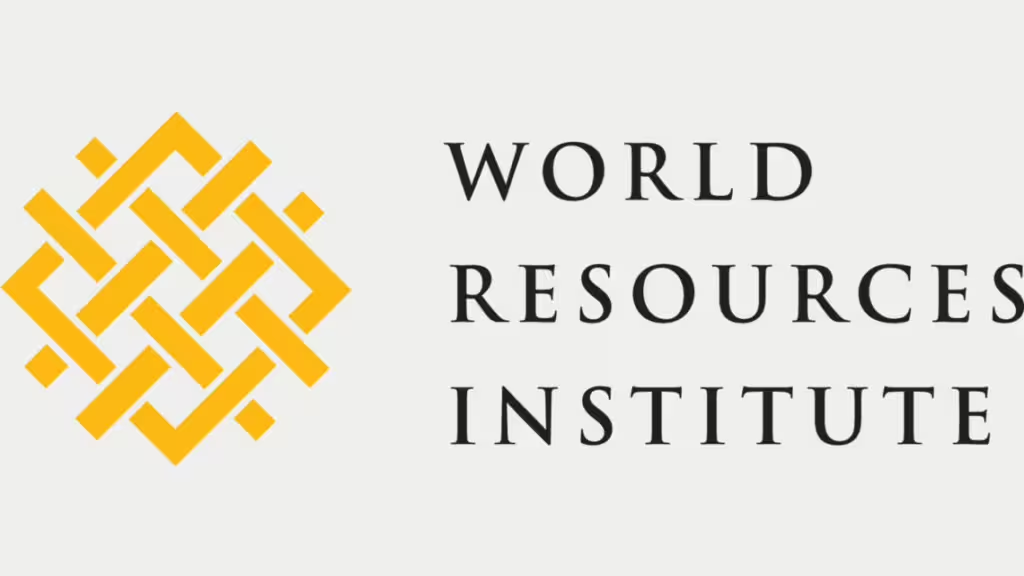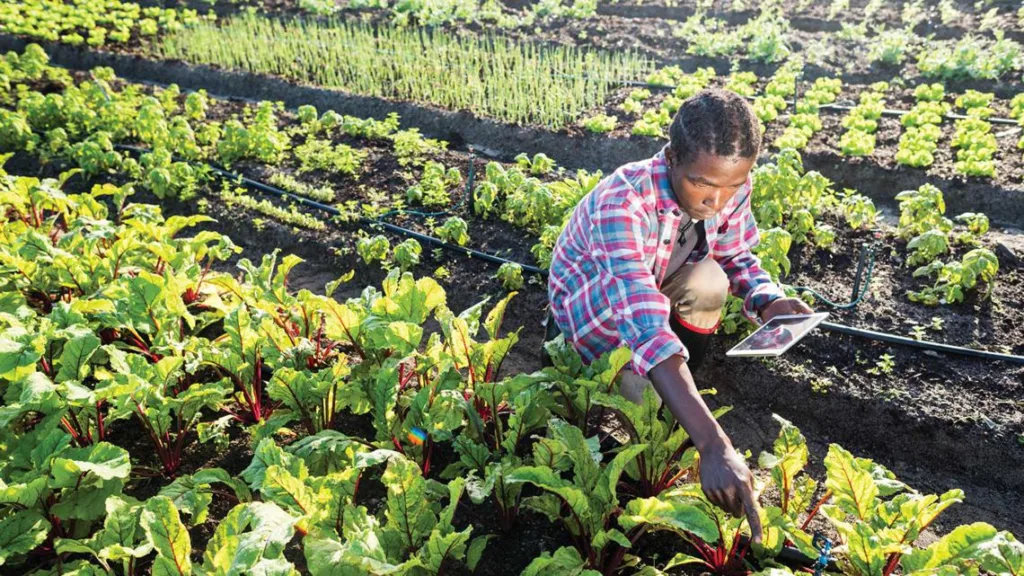Halloween season means a lot of pumpkin waste
It’s tradition to make lanterns out of pumpkins for Halloween. If every household in the United States carves one pumpkin that goes to waste, the estimated greenhouse gas (GHG) footprint would be more than 1 million tons of CO2-equivalent.
While this sounds like a lot, it’s roughly how much CO2 we could save if each person in the US swapped one beef hamburger per year for a plant-based meal. In this particular scenario, we need to recognize the high impact a dietary shift towards more plant-based products would bring to reduce GHG emissions in addition to efforts to reducing consumer fruit and vegetable waste.
The issue with FLW is not only its enormous quantity—but also the increased pressure it puts on the food system to provide healthy diets for all within planetary boundaries. Foods vary drastically in their nutritional content and environmental impacts of production, so we must consider FLW with respect to environmental and nutritional security goals. Understanding the value of FLW from an environmental and nutrition perspective, can help us prioritize decision making. That is why we created the Food Loss and Waste Value Calculator to help support companies in their journey towards achieving the FReSH ambition. We invite you to download the beta version from the Food Loss and Waste Protocol’s website, use it, and tell us how we can further improve it.
From this fun example with pumpkins we see that although FLW is a priority topic as we move towards the commitments for 2030 on Sustainable Development Goal 12.3 (reducing food loss and waste), we need to be smart to maximize impact. This is part of the FReSH focus, to understand where to prioritize efforts towards reducing FLW, encouraging dietary shifts, and other food systems improvements.
The FLW Value Calculator (in beta test version) creates a snapshot of the impacts related to the loss and waste of different types of food. With this knowledge companies can demonstrate how their efforts to prevent food loss and waste provide nutritional and environmental value. Companies can better understand which FLW streams across a business portfolio to focus on and where they can make the biggest improvements in their operations. Additionally, companies can put this into perspective of other efforts towards ensuring healthy diets for all produced within planetary boundaries.
The calculator, created by Quantis as part of WBCSD’s Food Reform for Sustainability and Health (FReSH) project and with input from World Resources Institute, provides insights that can be used when considering which food loss and waste streams to prioritize. It can be used to compare and contrast the environmental and nutritional impact of various actions to reduce food loss and waste.
The calculator complements the Food Loss and Waste Accounting and Reporting Standard as it enables companies to describe and convey the scale and relevance of food loss and waste in terms that may be more meaningful for some audiences than weight.




